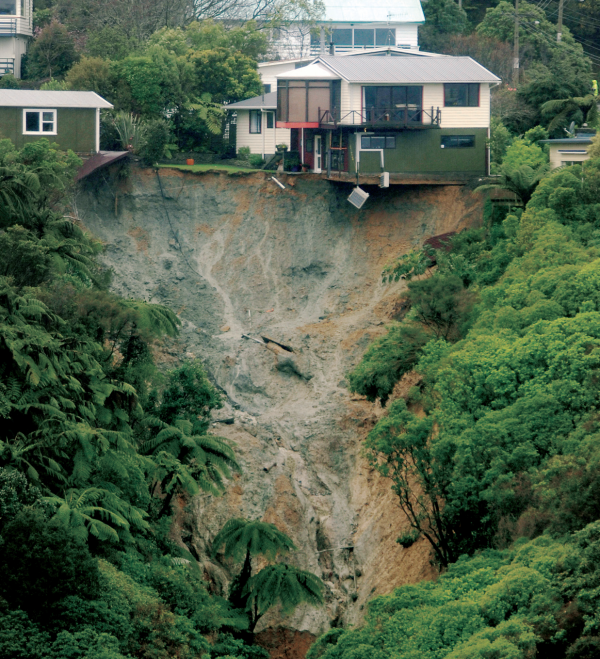When local authorities look to develop or upgrade urban infrastructure, such as roads, bridges, stormwater systems and sea walls, they have to weigh up a raft of weather-related risks: how much rain might it have to cope with? Or gale-force winds? Could it be inundated by surging seas? Or undermined by slipping land?
Getting it wrong can be costly. Even before the Canterbury earthquakes, natural hazards cost $1.5 billion in insurance payouts over 40 years: some 75 per cent of that bill came from weather-related damage. Climate change brings more uncertainty – and urgency – to the equation.
Planning for an increasingly volatile future is now easier, however, thanks to NIWA's Impacts of Climate Change on Urban Infrastructure and the Built Environment Toolbox. It's an online resource to help planners, engineers, asset managers and hazard analysts in New Zealand's urban councils understand and evaluate the potential impacts of climate change on their city. The toolbox applies sound science to the challenge of designing and managing urban infrastructure and buildings to cope with expected weather hazards exacerbated by climate change.
Go to our Impacts of Climate Change on Urban Infrastructure and the Built Environment Toolbox
"It's all about helping urban planners and engineers work smarter," says NIWA climate scientist and toolbox project leader, Dr Andrew Tait. "It's about understanding how current and future hazards might impact on assets, and using science-based tools to look at options for reducing risk."
The toolbox comprises 57 downloadable reports, or 'tools', which are logically ordered into five sections, analogous to trays in a toolbox. Each tray represents a stage in an adaptation evaluation process.
- The first tray helps users understand climate change issues, providing general context and background.
- The second tray helps them identify hazards likely to be introduced or exacerbated by climate change.
- The third tray guides assessment of the risks associated with a particular hazard, or mix of hazards.
- The fourth tray helps users identify and evaluate the benefits and costs of adaptation options.
- The fifth tray helps them integrate their hazard, risk and adaptation assessments into local government decisionmaking and planning processes.
"The tools show users what types of information and resources exist, and provide examples of how they can be used," says Tait. "We're helping authorities develop processes for managing climate change impacts, and also helping them overcome barriers to implementing them.
"Climate extremes affect each town or city differently," he adds, "so we're giving councils the ability to refine and assess their specific situation."
In July 2012, Tait demonstrated the toolbox to potential end-users at workshops in Christchurch, Wellington and Auckland, associated with the Institute for Professional Engineers (IPENZ) and the Planning Institute (NZPI). "There was a lot of enthusiasm for the toolbox," he says. "We're hoping that use of the tools will now really take off with council staff and contractors."
This resource was developed by NIWA in collaboration with MWH New Zealand Limited, GNS Science and BRANZ. It was funded by the then Ministry of Science and Innovation, now part of the Ministry of Building, Innovation and Employment.


